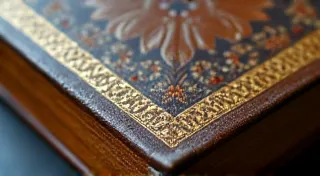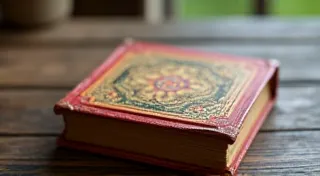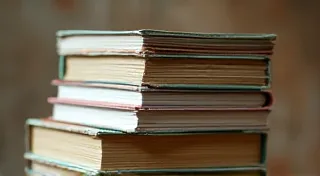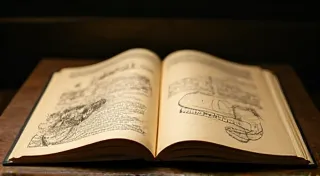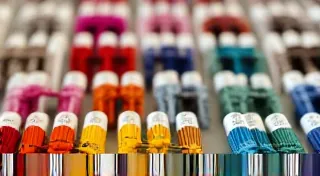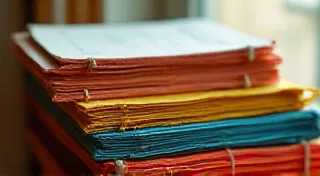Using Endpapers to Enhance Your Handmade Books
Endpapers. They’re often overlooked, but they hold incredible potential to elevate the aesthetic and character of your handmade books. More than just a way to attach the book block to the covers, endpapers offer a unique canvas for creativity and a touch of sophisticated detail. This tutorial will guide you through selecting the right paper, exploring different design possibilities, and incorporating endpapers into your bookbinding projects.
What are Endpapers?
Endpapers are the sheets of paper that bridge the gap between the book's text block and the front and back covers. Traditionally, they were simply functional, reinforcing the connection. However, today, bookbinders increasingly use them as a design element, adding visual interest and a sense of individuality to their creations.
Choosing Your Endpaper Paper
The paper you choose for your endpapers significantly impacts the overall look and feel of your book. Here are a few considerations:
- Weight: A heavier weight paper (around 65-100gsm) is recommended to ensure durability and prevent tearing.
- Color: Consider contrasting or complementary colors to the book cover and text paper. A subtle color can add warmth, while a bolder color can make a statement.
- Texture: Textured papers, such as handmade or watercolor paper, can add a tactile dimension to your book.
- Pattern: Patterned papers offer instant visual interest. Look for patterns that complement the book's theme or content.
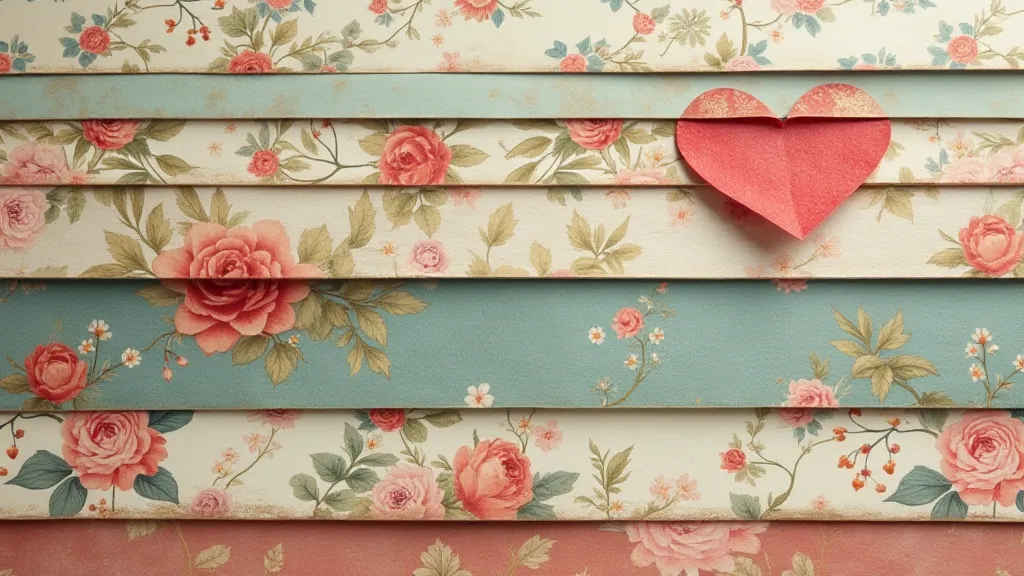
Design Possibilities
Endpapers don't have to be plain. Here are a few ideas to inspire your designs:
- Double-Sided Designs: Use different patterns or colors on each side of the endpaper for a surprise element when the book is opened.
- Folding Techniques: Experiment with folding techniques, such as accordion folds or fan folds, to create unique visual textures.
- Layered Papers: Layer different papers together to add depth and complexity.
- Hand-Painted or Illustrated Endpapers: For the truly creative, hand-painted or illustrated endpapers can personalize your book like no other.
- Marbled Paper: The swirling patterns of marbled paper can create a stunning effect.
Incorporating Endpapers into Your Binding Process
The timing for adding endpapers depends on the specific bookbinding technique you're using. Generally, they are attached either during the initial sewing process or after the text block is complete but before the covers are attached. Make sure the adhesive you use is compatible with the paper you've chosen, and work carefully to avoid warping or damaging the paper.
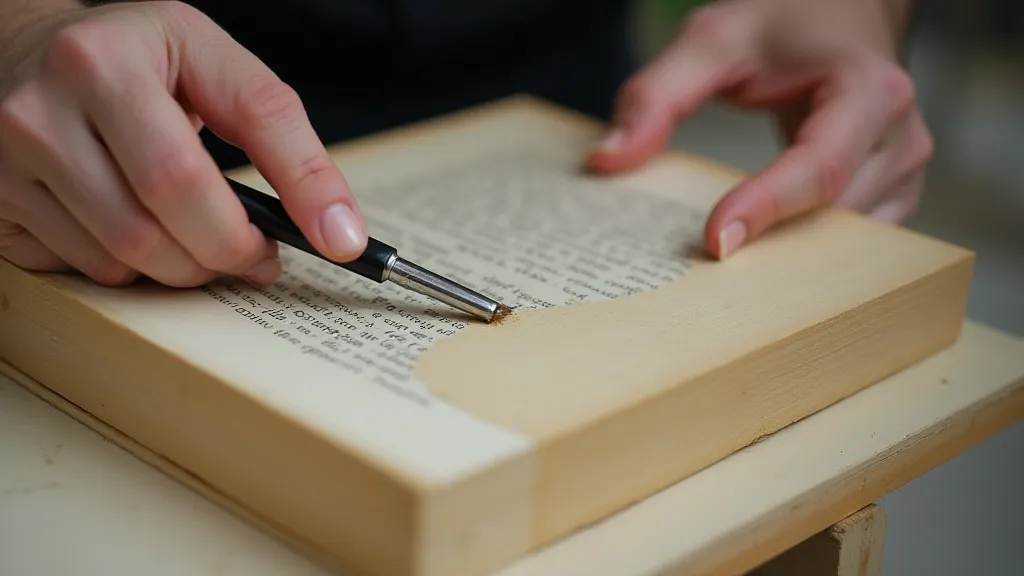
Tips for Success
- Plan Ahead: Consider your endpaper design early in the planning process.
- Practice: Experiment with different paper and design choices on scrap paper before applying them to your actual book.
- Press the Book: After attaching the endpapers, place the book under a weight to ensure they adhere properly and prevent warping.
- Protect Your Work: Use acid-free adhesives and papers to ensure the longevity of your handmade book.
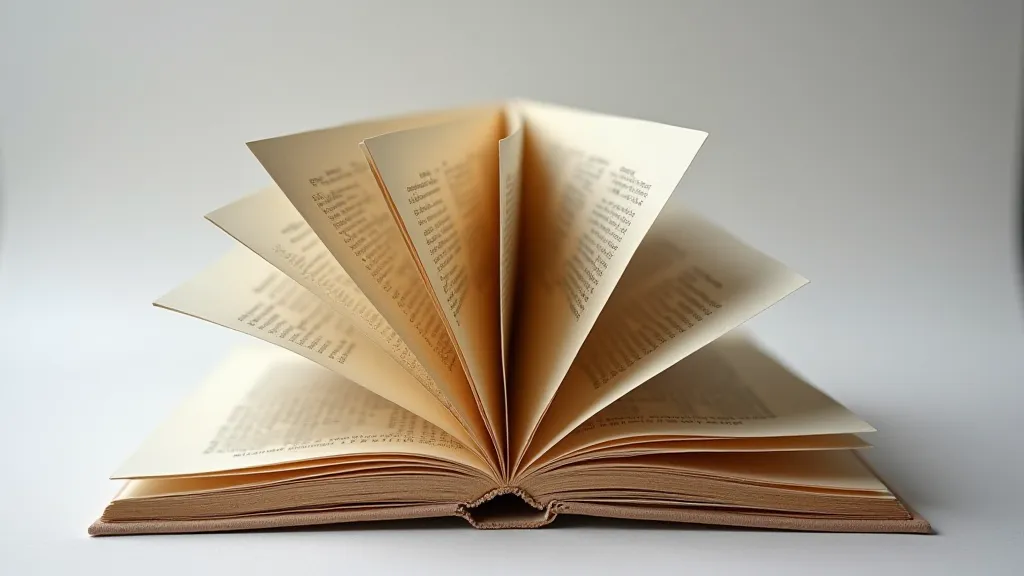
Conclusion
Endpapers are a fantastic opportunity to add a layer of artistry and personality to your handmade books. Don't be afraid to experiment and explore different options to create truly unique and beautiful creations. With a little planning and care, your endpapers can transform a simple book into a cherished work of art.
